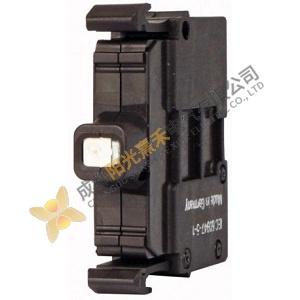Evolution and Future of PLCs: Breaking Free from the "Pyramid" Constraints
With the flourishing development of Industrial Internet, PLCs (Programmable Logic Controllers), as core components of industrial automation, are undergoing unprecedented transformations. Traditional PLC architectures are gradually being broken, giving way to new evolutionary paths and future directions. This article delves into three primary evolution paths of PLCs and analyzes the driving forces and market trends behind them.
From PLCs to Industrial Intelligent Controllers: The Innovation Path of Industry Giants
Traditional automation giants such as Schneider Electric and Siemens are actively pushing for the transformation of PLCs into industrial intelligent controllers. These companies have launched a new generation of PLC products with enhanced data processing capabilities and openness. For instance, Schneider's M262 controller can directly connect to cloud platforms, enabling efficient data transmission and processing.
Siemens' S7-1500 neural network processing module introduces AI technology, allowing machines to recognize complex patterns and perform predictive analysis.
These innovations not only enhance PLC performance but also make them more adaptable to the needs of Industrial Internet development. By directly connecting to the cloud and incorporating intelligent functions, traditional PLCs are gradually evolving into industrial intelligent controllers with higher integration and in telligence levels.
Cloud-based PLCs: A New Attempt in CT Domain
Cloud-based PLCs are a novel concept proposed in the CT domain, migrating PLC functions to the cloud for remote control and data analysis. Through standardized hardware and open software platforms, cloud-based PLCs lower the development threshold and ensure real-time and reliable data transmission via 5G communication technologies.
Enterprises like Huawei and China Telecom have actively explored and experimented in this field. For example, Huawei, in collaboration with Purple Mountain Laboratory, released trial results of wide-area cloud-based PLCs, achieving stable operation and control over a 600km distance. These trials not only validate the feasibility of cloud-based PLCs but also lay the groundwork for their commercial applications.
Embedded PLCs: The New Choice for Innovative Enterprises
With improved reliability of electronic components and reduced costs, an increasing number of innovative enterprises are embedding PLCs within various devices. These embedded PLCs exist in the form of PCB boards, becoming an intelligent "organ" within the device. They simplify equipment structure and enhance control efficiency and response speed.
Companies like Beckhoff and B&R are leaders in the embedded PLC field. They offer PC-based control solutions, combining PLC functionalities with the flexibility and openness of PCs. This innovative control approach provides users with more customization and scalability options.
Conclusion
The evolution of PLCs follows multiple paths, all intertwined with trends towards digitalization, intelligence, and networking. In the future, as technology progresses and market demands evolve, PLCs will continue to break free from the constraints of traditional structures, serving the industrial automation sector with greater flexibility and efficiency. We also look forward to the participation of more innovative enterprises and cross-sector collaborators, jointly promoting the sustained prosperity and development of the PLC industry.








